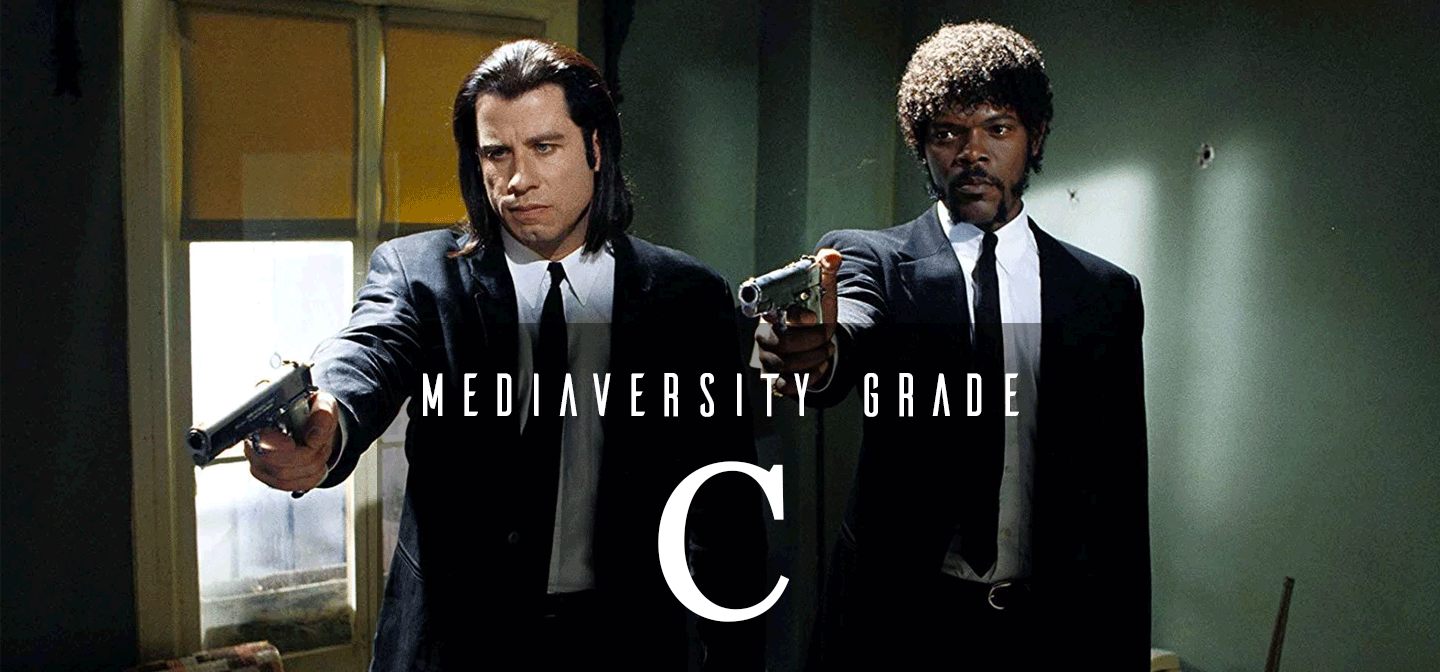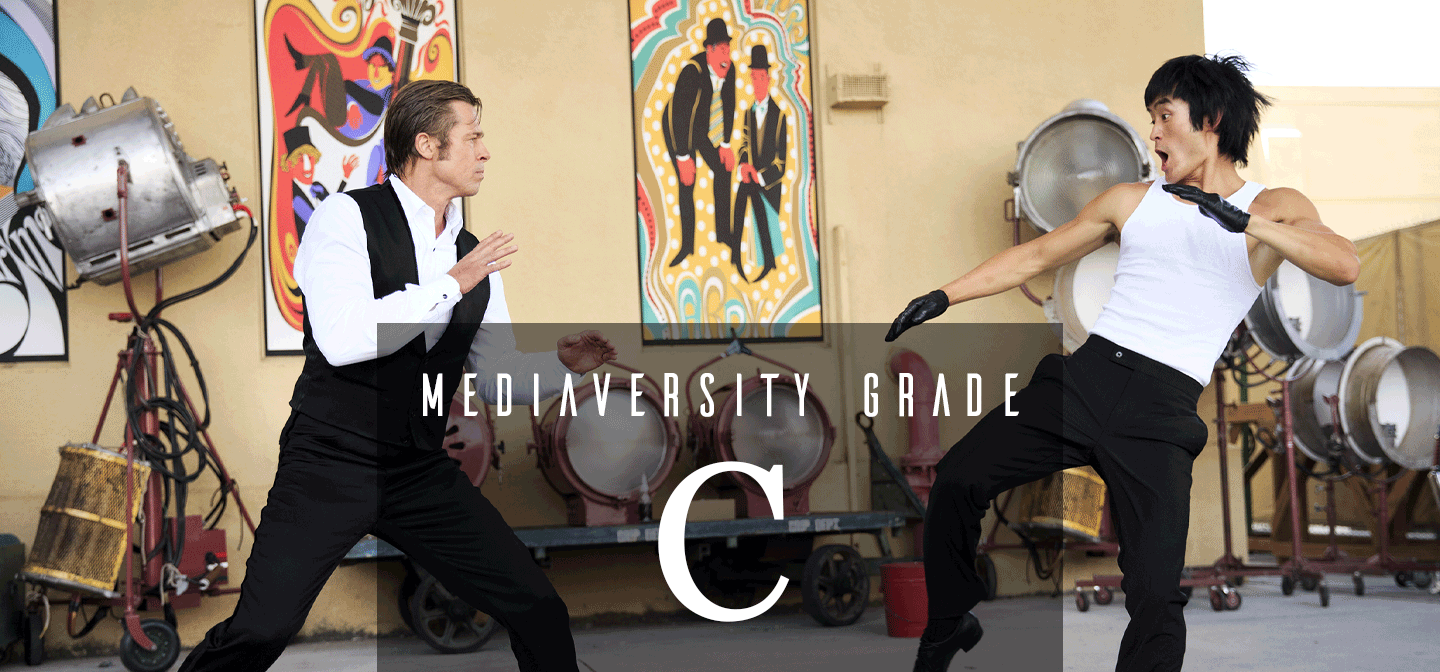Pulp Fiction
“Understandably, some elements of Pulp Fiction have not stood the test of time.”
Title: Pulp Fiction (1994)
Director: Quentin Tarantino 👨🏼🇺🇸
Writers: Quentin Tarantino 👨🏼🇺🇸 and Roger Avary 👨🏼🇺🇸
Reviewed by Murtada Elfadl 👨🏽🇸🇩🇺🇸🌈
Technical: 4/5
How does one review a film that's already been deemed a classic by a generation of cinephiles? For starters, it helps to have over a decade to cleanse the palate.
The verdict: Pulp Fiction remains a classic. I might not think everything about it is cool, but generally, it still plays to a modern audience.
Quentin Tarantino’s second film as both writer and director—and the one that catapulted him to superstardom in the 1990s—strings together a series of fast moving vignettes that link three stories, all set in Los Angeles. They share a few characters, recognizable types from crime novels that make up the “pulp fiction” of the title including two contract killers, Jules Winnfield (Samuel L. Jackson) and Vincent Vega (John Travolta), their mobster boss Marsellus Wallace (Ving Rhames), his wife Mia (Uma Thurman), and boxer Butch Coolidge (Bruce Willis). These five interact with a few other LA crime denizens to weave a tapestry of interlocking stories, smooth-talking conversations, and gruesome situations.
At the time of its release in 1994, Pulp Fiction was deemed original and inventive, thanks to non-chronological storytelling and dialogue that felt effortlessly stylish. Paired with nonchalant violence, shot in slow motion against hip music cues, Pulp Fiction made for an enjoyable time at the movies. However, these cinematic devices have been imitated so much since the 1990s, that their power to enthrall does feel diminished in a 2020 rewatch. The two and a half hour running time also gets a tad taxing, and would have benefitted from a couple of snips here and there.
What still pops, though, is the perpetually quotable script. Whether extolling the virtues of a foot massage or digging deep into the anecdotal minutiae that differentiate Europe and the U.S., Tarantino’s prose endures. So do the Oscar-nominated performances of Jackson, Travolta, and Thurman. Three years after his breakout with Spike Lee’s Jungle Fever (1991), Jackson gives a menacingly hilarious performance in Pulp Fiction that stands as one of his most memorable in a long and varied career. And in a fine supporting turn that jump-started his second act, after his heyday in the late 1970s and early 1980s seemed to hit a lull, Travolta uses his laid-back charisma to cede the limelight to his flashier scene partners of Jackson and Thurman. These performances—along with Tarantino’s writing—continue to compel cinephiles into recommending Pulp Fiction to the uninitiated.
Gender: 3/5
Does it pass the Bechdel Test? YES
The women of Pulp Fiction are wives, girlfriends, and partners in crime. Some fall into stereotypes, like Butch’s paramour Fabienne (Maria de Medeiros), who’s only there to complicate things for him with her idiocy—the character so boilerplate, she’s given a vexing baby voice to boot. In another vignette, Honey Bunny (Amanda Plummer) fares better. Teamed up with Pumpkin (Tim Roth), the two small-time criminals hold up a diner and use its patrons as hostage. She sees equal screen time and character development as her male partner.
The biggest role for a woman goes to Thurman, who gets the star treatment as Mia Wallace. Introduced in shadows—red lips first and bare feet prominent, as befitting a character who’s talked about at length before she appears—her sultry appearance pays homage to film noir femme fatales like Barbara Stanwyck in Double Indemnity (1944) or Lauren Bacall in The Big Sleep (1946). While Mia is more than just an object of desire, aided by Thurman’s cool reserve and physical comedy, she and the other women of Pulp Fiction ultimately remain confined to their relationships with men.
Behind the camera, the contributions of the late editor Sally Menke are immeasurable. Responsible for the film’s snappy rhythm, Menke brings together a sprawling running time and complex narrative structure to create something not just manageable, but enjoyable.
Race: 2/5
Tarantino is obsessed with the n-word, perhaps to an even greater degree than with his well-known foot fetish. In Pulp Fiction, he plays a minor character and writes for himself a scene in which he gets to say the n-word four times in less than two minutes. The results feel offensive and insulting, especially in a modern light.
In fact, most of the characters in Pulp Fiction are casually racist, misogynistic, and homophobic—traits that can be excused to a certain degree, because of the milieu in which the stories are set. However, Tarantino’s fixation on the n-word is inexcusable. Though he gets credit for casting some characters of color, such as the aforementioned Jules and Marsellus (played by Black actors Jackson and Rhames), the overall inhabitants of Pulp Fiction are certainly colorful in more ways than one.
Mediaversity Grade: C 3.00/5
Well told, well acted, and definitely fun, Pulp Fiction has remained popular for a reason. Understandably, some of its elements have not stood the test of time. Casual racism and misogyny dampens its impact upon rewatch, with the excessive, almost gleeful use of the n-word particularly grating—especially as it speaks to Tarantino’s bigger race problem for which he has been widely criticized.




